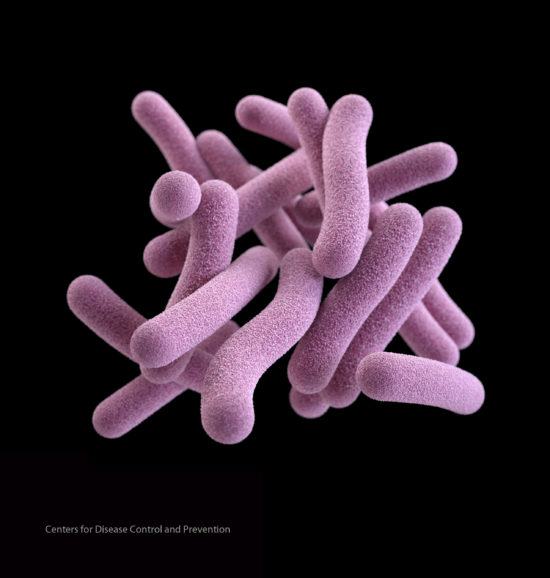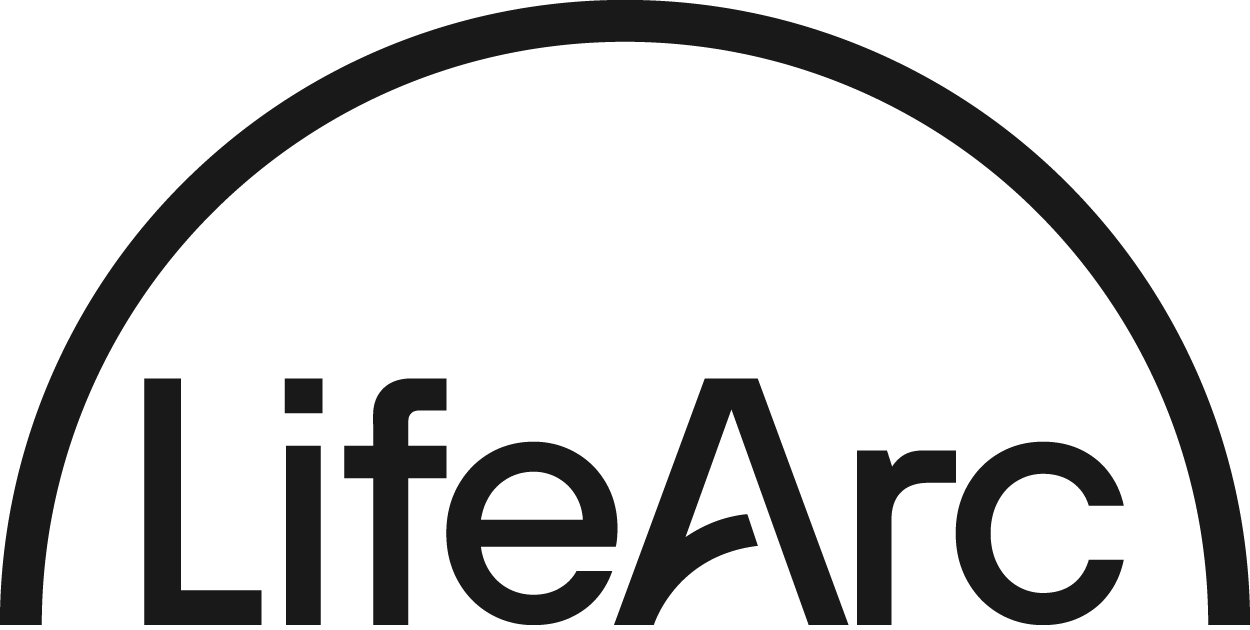Treatment of Highly Drug-Resistant Pulmonary Tuberculosis
A total of 109 patients were enrolled in the study and were included in the evaluation of efficacy and safety end points. At 6 months after the end of treatment in the intention-to-treat analysis, 11 patients (10%) had an unfavorable outcome and 98 patients (90%; 95% confidence interval, 83 to 95) had a favorable outcome. The 11 unfavorable outcomes were 7 deaths (6 during treatment and 1 from an unknown cause during follow-up), 1 withdrawal of consent during treatment, 2 relapses during follow-up, and 1 loss to follow-up. The expected linezolid toxic effects of peripheral neuropathy (occurring in 81% of patients) and myelosuppression (48%), although common, were manageable, often leading to dose reductions or interruptions in treatment with linezolid.
The combination of bedaquiline, pretomanid, and linezolid led to a favorable outcome at 6 months after the end of therapy in a high percentage of patients with highly drug-resistant forms of tuberculosis; some associated toxic effects were observed.
AMR NEWS
Every two weeks in your inbox
Because there should be one newsletter that brings together all One Health news related to antimicrobial resistance: AMR NEWS!





